Game On!
Plane and Pilot
MARCH 25, 2025
She walked me through the foyer to the spotless, freshly painted hangar. The GameBird is right at home on the grass, pavement, or TacAeros clean hangar. The Texas winds were gusting anywhere from 15-25 knots, and like other aerobatic airplanes, the canopy can be easily blown off. Before I knew it we had already hit 120 knots.

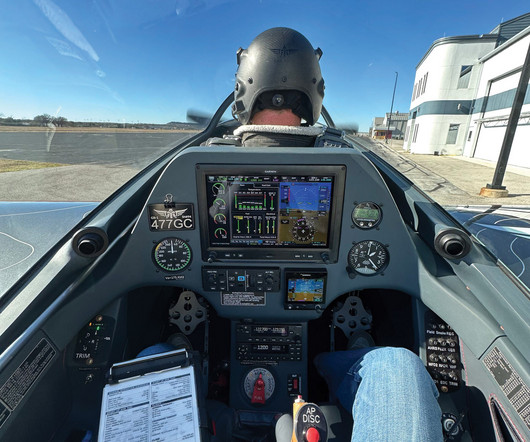

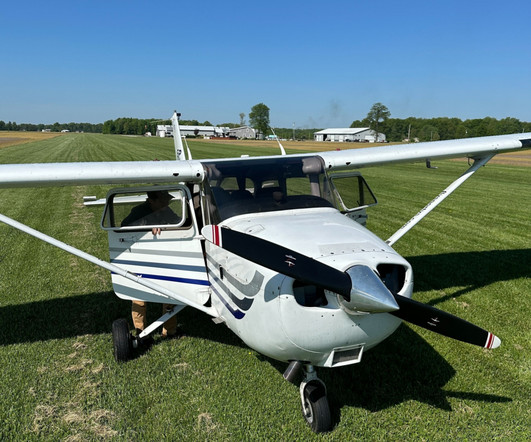
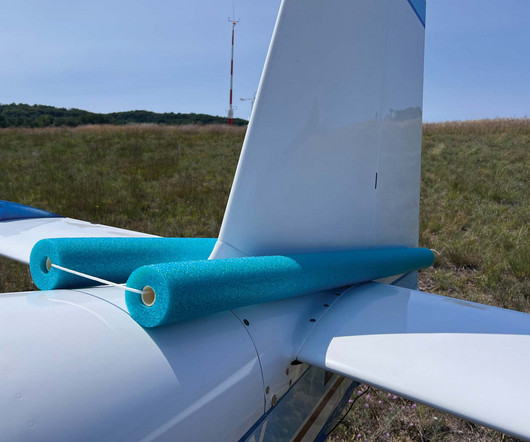



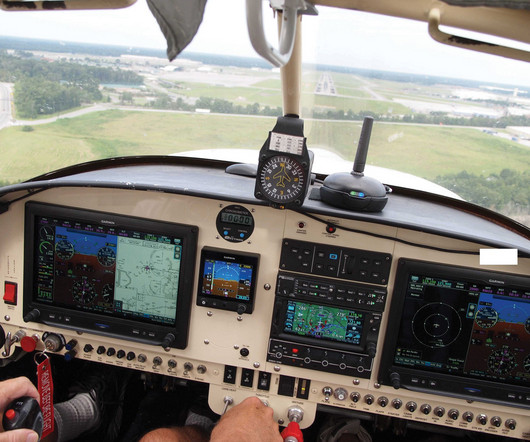
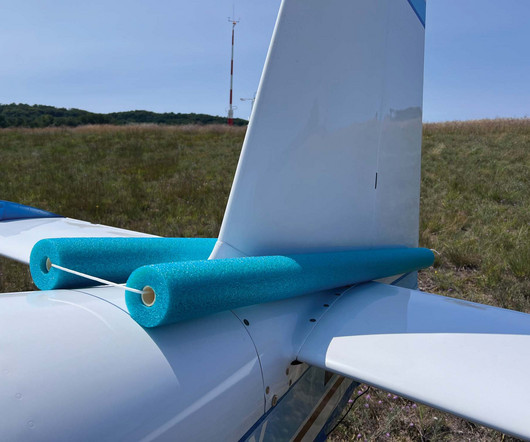

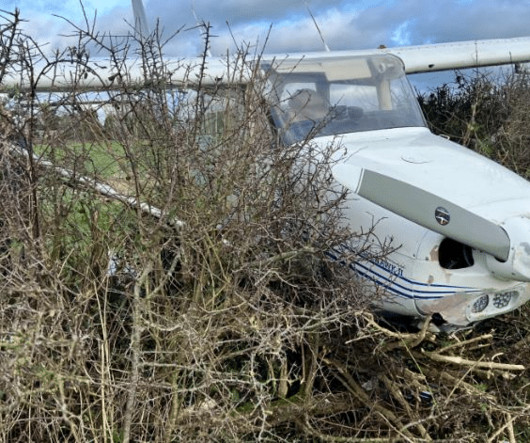

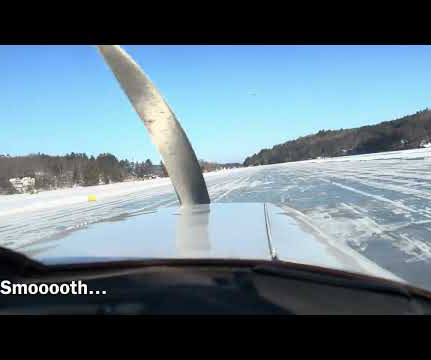








Let's personalize your content